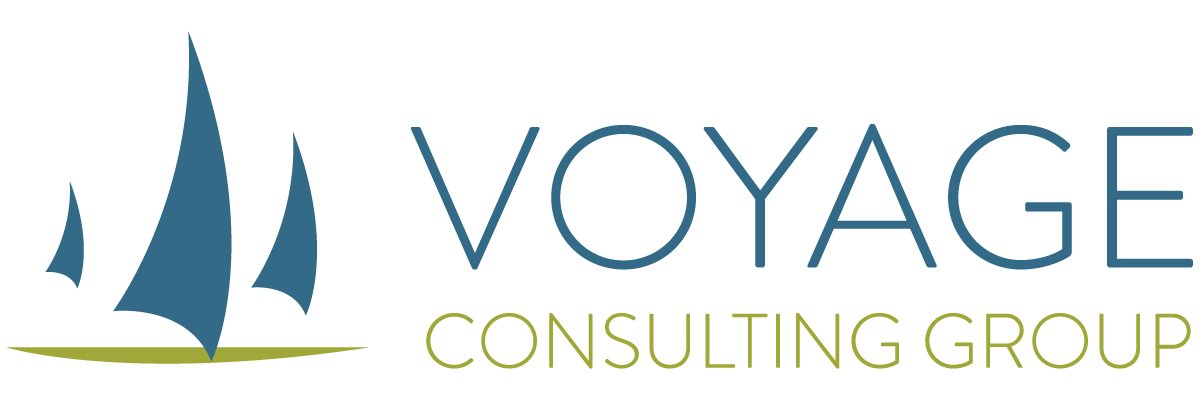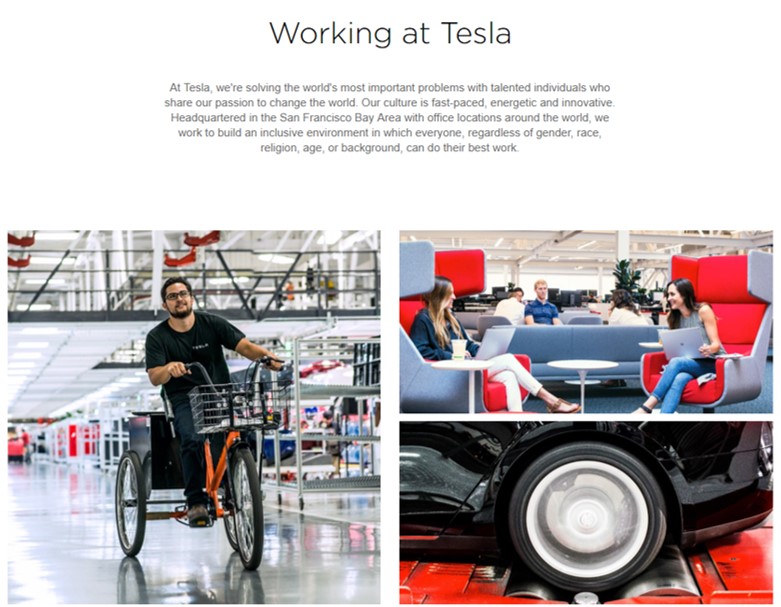A peek behind the curtain of Tesla’s culture reveals it’s missing one key ingredient: warmth
/Tesla CEO Elon Musk has given a glimpse into the company’s culture via several all-staff emails he has sent in the last three weeks (dates are links to articles):
- June 12, 2018: Musk informed staff of an immediate reorg which would result in 9% of non-production staff losing their jobs.
- June 18, 2018: Musk advised about an employee who conducted “extensive and damaging sabotage to our operations.”
- July 1, 2018: Musk celebrated a production milestone of building 5,000 cars last week, the last week of its quarter.
The first email was shared on Business Insider in an article called, Ex-Tesla employees reveal the cryptic ways they learned they were getting laid off. “Cryptic”? An interesting word choice, which prompted further curiosity about Tesla’s culture. Tesla and Musk are often in the news for being innovative, for raising billions of dollars without ever being profitable, and for disrupting the automotive industry. Unlike Google, Tesla’s culture is not often in the news.
Since it's so innovative, wouldn’t its culture be innovative too?
Musk’s emails, recent articles, Tesla’s website, high executive turnover, and recent job postings confirm only part of the assumption about Tesla’s culture is true. Tesla nails the modernization of equipment, systems, and processes. (Well, nails as far as production but not as far as profitability.)
It appears Tesla falls short on modern management and leadership. “Falls short” doesn’t mean they hit zero relevant needs of today’s employees. The missing ingredient is warmth. Or, call it compassion, authenticity, genuine connection, or caring. Whatever you call it, it’s missing.
Tesla’s messaging appears to promise a workplace where you are expected to be the best and you could expect to work with other really smart people to solve big challenges. It does not appear to promise an environment where it cares about the whole person.
For example, on its website, Tesla’s career page describes its culture as, “Fast-paced, energetic, and innovative.” Its website does not, however, list its values.
Job postings include legal messaging about inclusion, along with the following, in the About Tesla section at the bottom:
Our world-class teams operate with a non-conventional philosophy of inter-disciplinary collaboration. Each member of the team is expected to challenge and to be challenged, to create, and to innovate. We’re tackling the world’s most difficult and important problems—and we wouldn’t succeed without our shared passion for making the world a better place.
To Tesla's credit, it does not promise newcomers more than what they appear to be getting. It tells potential employees what is expected of them and does not say much about what it does for its people.
When more companies, especially tech startups, are building cultures to encourage work-life balance and integration, Tesla is not focused on the human part its culture. It is focused only on its Mission.
So what, you might ask? Why does culture matter? Isn’t such focus on Mission admirable?
Yes! Focus on Mission is not only admirable, it is essential. The reason warmth is important is not the “why” of Tesla, its Mission. Warmth is important for the “how,” its execution. Tesla relies on people, and people want to be treated with respect, dignity, and value at work. Even smart people, like those who work for Tesla, have expectations of their leadership team and managers. No one wants to feel like their employer chews them up and spits them out. Burnout does not truly inspire or instill innovation or collaboration.
As long as it is doing mind-boggling work, Tesla will continue to attract top talent. Newcomers may be joining with the Andy Sachs attitude from Devil Wears Prada: just stick it out for a year and you can work anywhere. That attitude is not the same as someone who brings their A game to work every day, and its impact on company performance is not the same either. When a company wants people to bring their A game to work, it needs to show people they matter.
Paychecks get what someone has learned already, not continued learning and thinking. Paychecks get bodies, not minds and hearts.
The good news is Tesla does not have to choose one way or the other. It can focus on its Mission AND its people. It can care about its people all the time, not just when it hits a production milestone. Tesla is so innovative with systems and processes, it surely could embrace more contemporary leadership practices.
The current culture has led to internal sabotage, high executive turnover, no profitability for fifteen years, and a round of layoffs of 9% of its staff. Perhaps it’s time to add the missing ingredient so its culture could propel Tesla forward, improve its chance for long-term sustainability, and help it accomplish its Mission.
Updated July 11, 2018 12:30pm
Just after calling out Elon Musk and Tesla for lacking warmth, they had the opportunity to aid the rescue of twelve boys and their soccer coach from a cave in Thailand. Musk and Tesla stepped up and worked with the rescue team to create a second option, which might be needed if the first strategy could not rescue the group. I may have called them out for lacking warmth (not entirely, mind you), but others were much more critical.
Musk and Tesla were severely criticized for two things: helping only for publicity and for the improbability of their solution. Referring to their help, Musk says, "Something's messed up if this is not a good thing." Musk and his team stepped up to help. Whatever their personal motives, or however cynical or skeptical an onlooker is, it was indeed a good thing.






